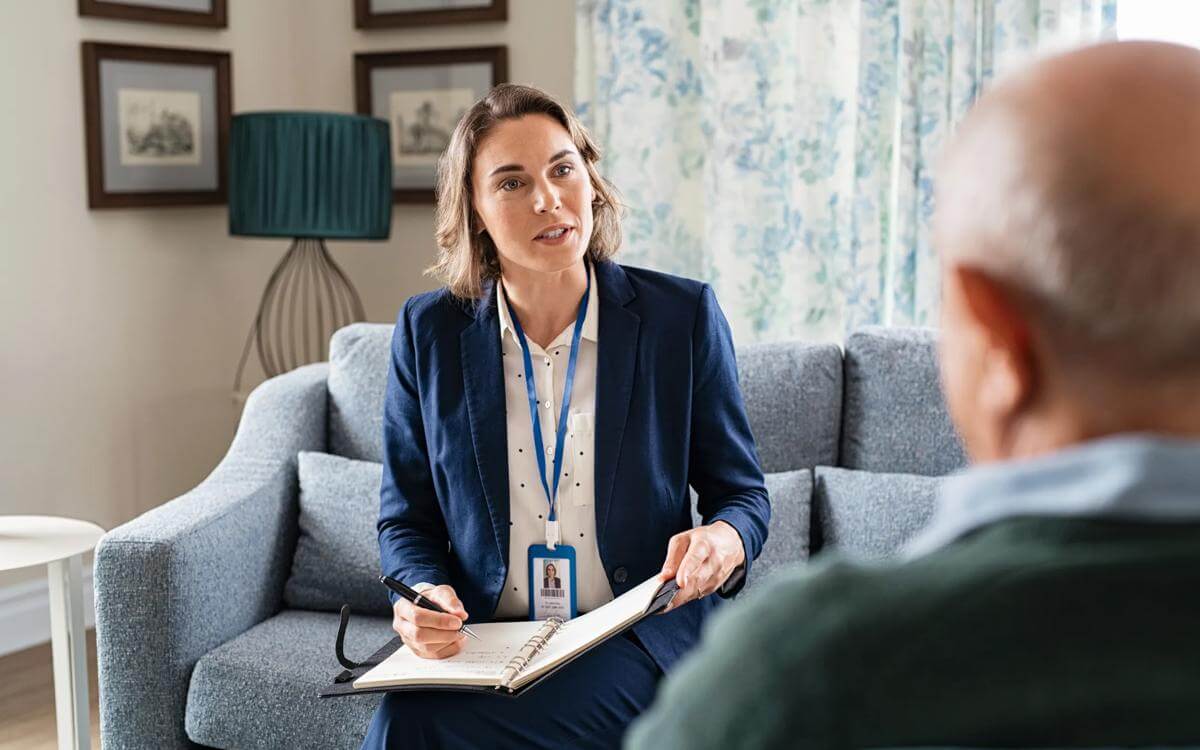Health & Care Matters newsletter - June 2022
Welcome to our latest health newsletter for Summer 2022. We have a packed edition which includes fascinating insights from clients and our own lawyers into the potential impact of the Health and Care Act 2022 and associated DHSC integration policy.
Welcome to our latest health newsletter for Summer 2022. We have a packed edition which includes fascinating insights from clients and our own lawyers into the potential impact of the Health and Care Act 2022 and associated DHSC integration policy.
By and large the NHS has already shape-shifted from a managed competitive market economy to integrated care systems whose hallmarks are partnership and collaboration, but more can be expected when shadow arrangements make way for a revamped NHS England and new Integrated Care Boards that start operating on 1 July 2022. I take a look at how NHS providers might work with them and each other under the new NHS legislative framework.
Steve Atkinson from our Public Law team discusses collaboration at place with Marie Price and Chris Cotton from NHS North East London where Marie is Director of Corporate Affairs and Chris is Director of Transition. They look at governance for place based partnerships, the challenges and opportunities of working with multiple partners and stakeholders including a vibrant VCSE sector, and the future direction travel.
Jonathan Hayden from our Commercial Health team discusses Community Diagnostic Centres with Darren Ramen, UK Head of Legal at Alliance Medical Ltd. They discuss how the NHS and its partners are ready and waiting to transform diagnostics with a range of design models.
Victoria Thourgood from our Estates team speculates about the dawn of a new era for NHS estates and the opportunities of working with institutional and other private sector investors in primary care and acute settings.
Browne Jacobson were delighted to support the Local Government Information Unit’s Local Democracy Research Centre on production of its report Local Health Systems: Relationships not structures. James Arrowsmith from our Local Government team introduces the report and explains the key role that local government will have in system development.
Kay Chand considers the role of service integration and management (SIAM) providers to support digital capacity for managing gigantic amounts of data, what they might look like going forward, and the possibility of a super SIAM for an integrated care system.
As always, we’re always pleased to be at hand to support the health and care sectors, so please don’t hesitate to let us know if you need help.
The Role of SIAMs in an ICS
As times have changed, organisations have fallen in and out of love with the role of the outsourced SIAM provider versus the organisation fulfilling that role. It is a complex role and even more so in Government organisations, some with vast IT systems processing gigantic amounts of data with complex governance structures and models.
Community Diagnostic Centres – the opportunities
Browne Jacobson commercial health partner, Jonathan Hayden, speaks to Darren Ramen, UK head of legal at Alliance Medical about the interest surrounding Community Diagnostic Centres (CDCs).
Collaboration at Place – North East London
Steve Atkinson interviews Marie Price (Director of Corporate Affairs, North East London CCG) & Chris Cotton (Director of Transition) to see the choices that North East London have made in their collaborations at Place level.
A new era for NHS estates?
Are we witnessing the dawn of a new era for NHS estates? For years now the focus has centred on each NHS body trying to make best use of what it has, often on a ‘make do and mend’ basis. With the now well-rehearsed lessons learnt through covid on collaboration, and new thinking on how and where care is provided, there is a new focus on the estate and with the strengthening of the estates specialists workforce, the stage is set for the NHS estate to take a leading role in achieving the ambitions for patient centred care.
Local Health Systems: Relationships not structures
Local government either has a statutory responsibility for, or an influence on, much of what drives good health, including decent housing, environmental planning, education and skills provision, economic growth, and public health, as well as social care for adults and children. But to achieve the goals of improved long-term outcomes across communities will require a step change in the role that councils play within local systems for health. To do this, we need both renewed local leadership and an adequate supply of funding.
Partnerships and collaborations
The Health and Care Act 2022 (HCA) received royal assent on 28 April 2022. Out goes much of the framework for a managed competitive market economy. In come new statutory bodies - a revamped NHS England and all-new NHS Integrated Care Boards (ICBs) to take over commissioning (from 1 July 2022) from CCGs and also (progressively) NHS England too.
Contact

Mark Hickson
Head of Business Development
onlineteaminbox@brownejacobson.com
+44 (0)370 270 6000







































